- Established 1982 -HOME: www.hiltonpond.org
THIS WEEK at HILTON POND Subscribe for free to our award-winning nature newsletter (Back to Preceding Week; on to Next Week) |
A SELDOM SEEN SPARROW, Bird banding during spring migration at Hilton Pond Center is always a joy, mainly because we never know what might show up in our mist nets. Sometimes it's a colorful warbler in breeding attire, just arrived from spending five months in the balmy Neotropics. Sometimes it's a resident House Finch, banded here last year as a brown bird of unknown sex but now wearing the bright raspberry plumage of a male. And sometimes it's a species folks might consider common but that we encounter infrequently at the Center. Such was the case this week when we captured a Swamp Sparrow (below)--our first since 'way back in 2004 and just our 72nd banded here in 41 years.
All text, maps, charts & photos © Hilton Pond Center Swamp Sparrows (SWSP) occur in the Carolinas in winter, when they are seldom seen at feeders but appear on Christmas Bird Counts and other cold-weather forays as observers flush them out of riparian areas. SWSP have especially long legs for a sparrow, an adaptation that allows wading in shallow water in search of aquatic invertebrates. They eat mostly berries and seeds in winter, switching to a more insectivorous diet during the breeding season.
All text, maps, charts & photos © Hilton Pond Center Swamp Sparrows winter from the eastern U.S. to central Mexico and breed from the Great Lakes States north through most of Canada. They are identifiable by rusty wings, clear breast, gray face, black bill, and rusty cap with fine black streaking, as shown above. This week's SWSP on 14 May was rather late for Hilton Pond, where we've never had one after 17 May. All text, maps, charts & photos © Hilton Pond Center NEW "400 CLUB" WARBLER
All text, maps, charts & photos © Hilton Pond Center As their name suggests, far more common than Swamp Sparrows at Hilton Pond Center are Common Yellowthroats (COYE)--a warbler seen so frequently here that a female (above) captured on 15 May ushered the species into the Center's exclusive "400 Club." The Club (see chart below) now includes 27 bird species for which we've banded at least 400 individuals since 1982. All text, maps, charts & photos © Hilton Pond Center It's likely two other species--Red-eyed Vireo and Indigo Bunting (see "Next in line" on chart above)--will join the "400 Club" this year since they’re just two and three captures away, respectively. Those two species come anywhere close to those 41-year totals for each of the "four winter finches"--whose 37,897 total comprises almost exactly half of all bandings--or for Ruby-throated Hummingbirds at 6,920. Common Yellowthroats also won't be catching the only other Wood Warblers in the club: Magnolia Warbler (452), American Redstart (610), and Yellow-rumped Warbler (2,627). All text, maps, charts & photos © Hilton Pond Center Although "common" locally, COYE were far more abundant around Hilton Pond about 35 years ago (see chart above, including photo of a black-masked adult male Common Yellowthroat). Back then the 11-acre property was in early stages of old field succession with brushy vegetation dominating the landscape right up to water's edge--just the ticket for hosting yellowthroats. That habitat has been replaced by young mixed woods and the COYE population change between those days and today is remarkable, As of late, in many years we've banded few to no Common Yellowthroats. (The species nests statewide in South Carolina, but we've never found a nest at the Center, nor captured a fledgling--or an adult in breeding condition.) All text, maps, charts & photos © Hilton Pond Center RECYCLING AND A "RED ADDER" At Hilton Pond Center we try to minimize purchases of products with excess packaging, but manufacturers and vendors don't always make that easy to do. Alternatively, we attempt to recycle everything possible, from paper to card stock to containers made of plastic, metal, or glass. Recycling takes work, of course--which we are glad to perform--so there's a near-daily shuttle of materials from temporary bins in the old farmhouse kitchen to bigger ones in the storage shed. The latter serves as a holding area until we load up our van and take everything to one of York County's well-organized "convenience centers"--always while en route to a some other appointment or destination. Those smaller kitchen recycling bins occasionally serve another purpose, as happened on the overcast morning of 18 May. We had just emptied two bins at the shed and were on our way back into the house when something crawling onto the concrete front porch caught our eye. It froze, making its identification as a young nine-inch-long Copperhead quite easy. Lest this so-called "Red Adder" escape, we blocked its progress with one of the kitchen recycling bins and shooed it in with the other, providing a safe and secure way to observe our capture (see iPhone photo below).
All text, maps, charts & photos © Hilton Pond Center Although Copperheads are probably one of the most common snakes at Hilton Pond Center, they are secretive and mostly nocturnal; we seldom encounter them when we're out on the trails. In 41 years, we've seen full adults just three or four times, a yearling twice, and only one recently birthed individual--the very one this week whose age was determined by its neon yellow-green tail tip that will fade with age. We imagine this coloration is a warning to predators--when alarmed the snakeling may shake its tail rapidly à la rattlesnake, a behavior that likewise serves as lure for potential prey such as amphibians, small mammals, and large insects. We showed the photo above to a friend with casual interest in natural history, to which he responded "That is a beautiful snake." The hour-glass markings of a Copperhead are indeed eye-pleasing, Even though Copperheads are pit vipers, the pit--a heat-sensory opening between eye and nostril--isn’t easily seen in our top photo, one other pit viper characteristic does show: A vertical slit pupil that can widen greatly in low light and enhance night vision. We carefully transferred the young Copperhead from the gray recycling bin to a bucket that was to serve as temporary home until we had more time the next day to take better photos. We put the bucket on the back deck overnight but awoke to find something had tipped it over and allowed the snake to escape. Or maybe the baby Copperhead--although already venomous and an apex predator for small vertebrates--got consumed instead by a rambling Raccoon or Virginia Opossum. We'll never know for sure, but since a female Copperhead can give live birth to a dozen or more snakelings, we suspect our recycling bin serpent has a sibling or two slithering around right now at Hilton Pond Center. All text, maps, charts & photos © Hilton Pond Center "THE BACKYARD NATURALISTS" PODCAST We're excited to announce our work at Hilton Pond Center was showcased recently on "The Backyard Naturalists," a podcast started last September out of the Charlotte area. To hear our interview with hosts Debbie and Laurie, just click on the image below and scroll down for the recent 14 May 2022 edition. Happy listening! All text, maps, charts & photos © Hilton Pond Center HILTON POND SUNSETS "Never trust a person too lazy to get up for sunrise
All text, maps, charts & photos © Hilton Pond Center Sunset over Hilton Pond, 14 May 2022 A big rain on this afternoon (0.85" altogether since midnight) gave rise to blue skies and a few clouds at dusk. You'll notice the floating Rootless Duckweed (Watermeal) is beginning to colonize again. Don't forget to scroll down for lists of Hilton Pond supporters and of all birds banded and recaptured during the period. Photoshop image post-processing for this page employs |
|---|
|
"This Week at Hilton Pond" is written and photographed by Dr. Bill Hilton Jr., executive director of Hilton Pond Center for Piedmont Natural History
|
|
|
Please refer "This Week at Hilton Pond" to others by clicking on this button: |
|


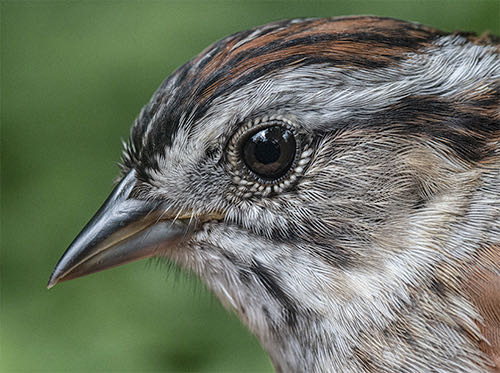
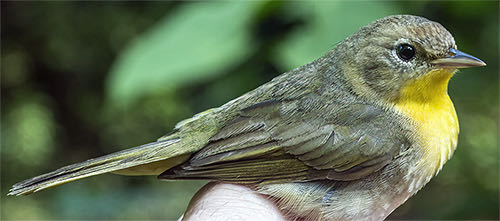
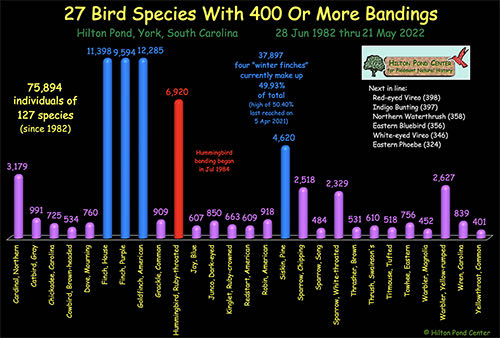


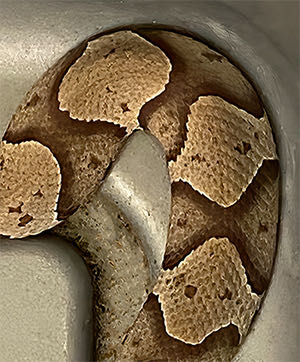 and they’re so distinctive the species can hardly be confused with anything else; all our other similarly marked snakes have circular, square, or rectangular patterns or bands .
and they’re so distinctive the species can hardly be confused with anything else; all our other similarly marked snakes have circular, square, or rectangular patterns or bands . 
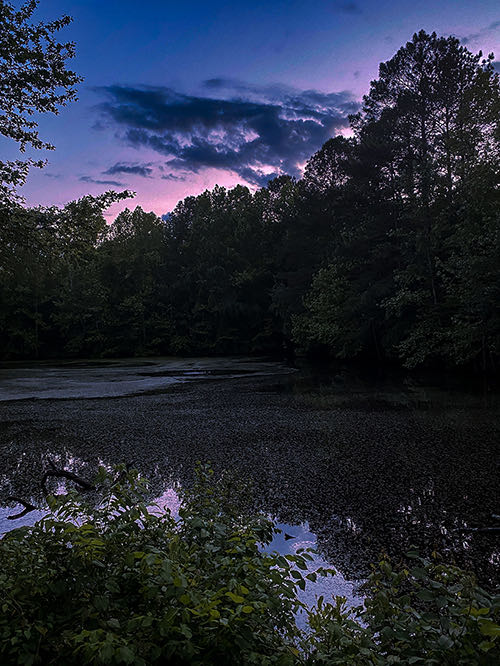









 Please report your
Please report your